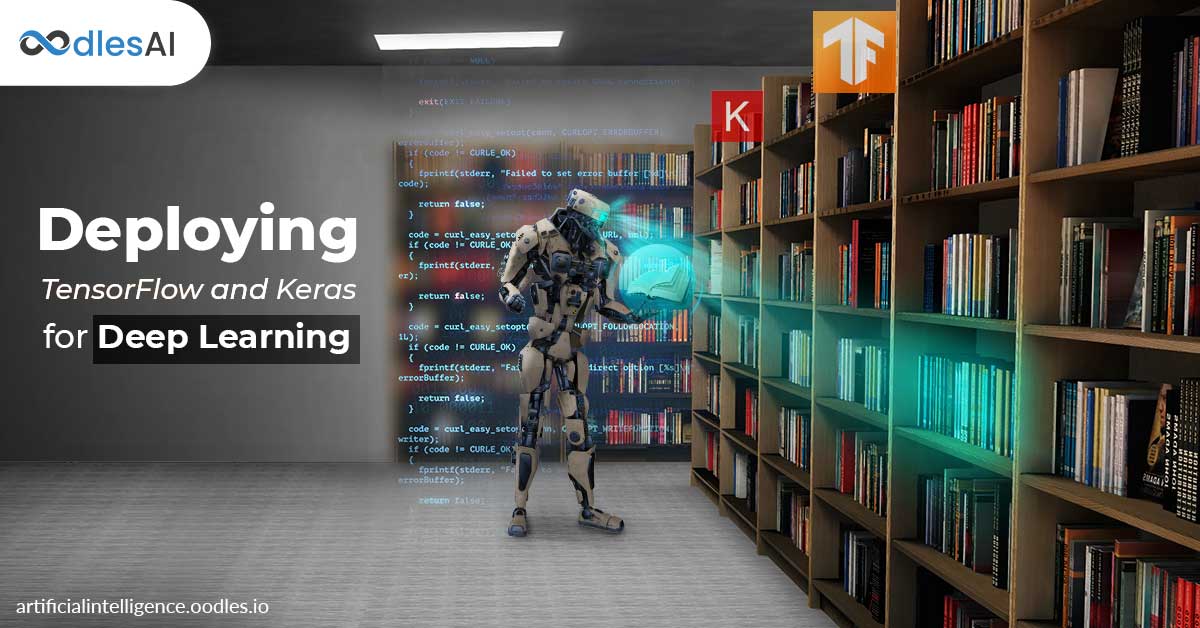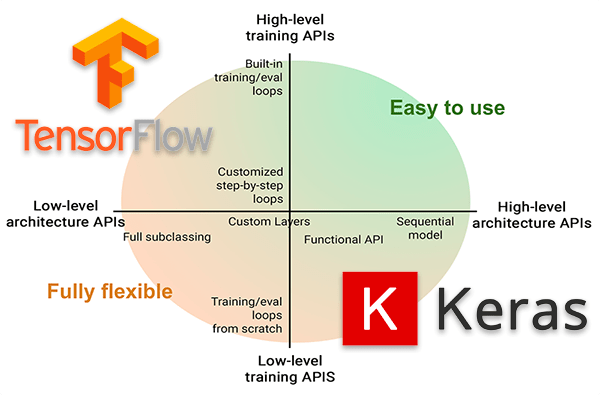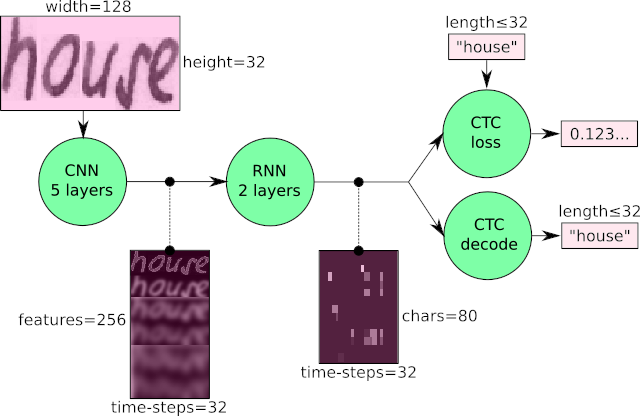Deploying TensorFlow and Keras for Deep Learning Models
Sanam Malhotra | 9th November 2019

The proliferation of artificial intelligence across businesses has amplified the development of dynamic deep learning models. What’s more, emerging neural network libraries such as Keras and TensorFlow development services are powering AI solutions with rich datasets. Together, these resources are enabling businesses to build effective and industry-specific image, text, and speech recognition systems with deep video analytics.
For better understanding, let’s explore some business benefits and deep learning applications powered by Tensorflow and Keras.
Decoding TensorFlow and Keras
TensorFlow is Google’s open-source library used extensively for building machine learning models and executing high-level numerical computations. Its agile architecture enables developers to streamline artificial intelligence services across GPUs, TPUs, Raspberry Pi, operating systems, and mobile interfaces.

The complementary attributes of Keras and TensorFlow
Keras is an open-source neural network API written in Python and highly compatible with TensorFlow. The primary objective of both the neural network resources is to build deep learning models in a user-friendly and flexible manner. Keras and TensorFlow complement each other to support the development of high-octane facial and object recognition models.
Deep Learning Models with TensorFlow and Keras
1) Image Recognition and Deep Video Analytics
Business applications of image recognition systems are entering new disrupting such as marketing, advertising, and branding along with security management. The most recent advancements of facial and object recognition systems include-
a) Brand monitoring and expanded training
b) Facial gesture recognition
c) Mobile robotics
d) Visual Question Answering, and more.
A typical image recognition model requires rigorous training of its underlying machine learning algorithms with large datasets and patterns. The rich libraries of TensorFlow and Keras provide a modular design that processes the images in a layered fashion. It leads to intensive data training and highly accurate predictions.
How does Oodles AI use Keras and TensorFlow to build industry-specific deep learning models?
The AI development team at Oodles uses historical datasets and convolutional neural network (CNN) to train machine learning models with precision. The business applications of our computer vision capabilities using TensorFlow and Keras extend across the following industries-
a) Automated attendance systems for secure corporate infrastructures
b) Real-time object detection and video analytics for manufacturing businesses
c) 3D facial impressions in cars to prevent on-road accidents due to human lethargy
d) Facial recognition for eCommerce marketing campaigns backed by sentiment analysis.
Related- Optimizing the Code with Machine Learning for Software Development
2) Text Recognition
Digitization is still in its embryonic stage. Digital transformation of businesses is yet to replace partnership deeds, client agreements, business contracts, and other essential documents. It is critical for businesses to validate the authenticity of these documents with unbiased and precise machine learning models.
Deep learning powers handwriting recognition systems that can strengthen business security in the following ways-
a) With optical character recognition (OCR) capabilities, data analysts can now use neural networks to interpret text variants from different locations.
b) It involves accurate predictions drawn from the handwritten and printed texts, signatures, house numbers, vehicle number plates, captchas, and more.

Here’s a simplified visualization of how we deploy deep learning algorithms to build text recognition systems with TensorFlow’s accuracy and efficiency.
Also Read- Visualizing the Future of Computer Vision Across Businesses
3) Speech Recognition
Artificial intelligence for speech recognition models has significantly evolved from IBM’s ShoeBox to Apple’s Siri and Amazon’s Alexa. AI’s underlying natural language processing capabilities enable businesses to virtually engage their users with chatbots, shopping assistants, and conversational interfaces.
Here’s how speech recognition systems are transforming key business operations-
a) Complete User analysis– Vocal inputs from users constitute the most valuable data for business development. With NLP, businesses can analyze user queries and complaints, demographic conditions, legal compliance, and social media interactions with accuracy and efficiency.
b) Wealth Management- The facilitation of phone banking has made speech recognition a mandatory technological update for financial institutions. Here, TensorFlow and Keras libraries enable banks to train ML models to generate accurate responses and insights.
Oodles OpenCV and TensorFlow Development Services
We, at Oodles, are empowering global businesses with AI and its underlying technologies like facial recognition, Natural language processing, predictive analytics, and more. We are adept at building data-driven machine learning models that extract key business insights from unstructured data, graphics, videos, and other web content.
Talk to our AI development team to know more about our artificial intelligence services.



